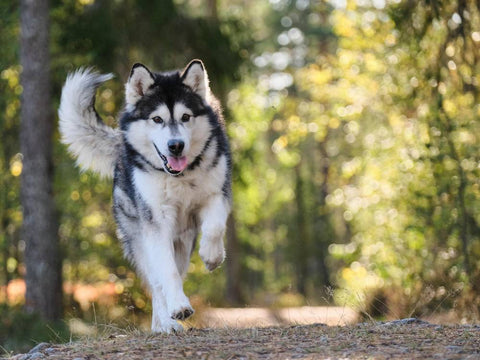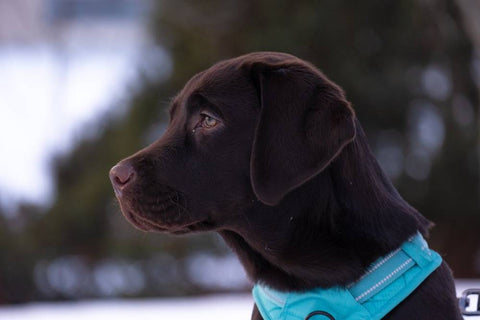Since the advent of social media, it’s become easy to see how many people are a little obsessed with their cats. (Who isn’t, honestly?) Throughout history, though, there have been a number of notable people who may have made their own cats an Instagram profile or two, if given the chance. Here are 10 historical figures who doubled as devoted cat lovers.
Abraham Lincoln

Most noted for serving as president during one of the most turbulent times in American history, Abraham Lincoln was also a softie… for cats. His wife, First Lady Mary Todd Lincoln, referred to cats as her husband’s hobby. After Secretary of State William Seward gifted President Lincoln two cats named Tabby and Dixie, the president doted on them so much he even fed Tabby from the table during state dinners. Another commonly told tale involves him coming across three kittens when he visited Ulysses S. Grant during the Civil War. He was said to have cuddled them during this meeting with the general. After he left, he made sure the kittens were properly cared for.
Albert Einstein
Albert Einstein was a groundbreaking physicist, but he was also relatively fond of cats. He had one of his own, Tiger, with whom he had a strong connection. He also clearly found comfort in his feline friend, once saying, “There are two means of refuge from the misery of life: music and cats.”
Catherine the Great
Much further back in history, late 18th century Russian ruler Catherine the Great held an appreciation for cats of all stripes. Though she was known to fill her Winter Palace with Russian blues, her preferred cats, felines of a less noble breed received respect from her, too. When Catherine started The Hermitage museum, she gave cats important guard positions to keep artwork safe from rodents.
Calvin Coolidge

While cats roamed palaces in centuries past, they’ve also made quite an impact on the White House, dating back to Lincoln and continuing on in the 20th century. President Calvin Coolidge, who also had a pet raccoon, was fond of his pet cats. One in particular, named Tiger or Tige, was his constant companion and used to lay draped over Coolidge’s shoulders. One day, Tige got out, and the president and staff couldn’t find him. This led to a radio appeal, sent out by a Secret Service agent, to be on the lookout for the president’s lost cat. Fortunately, it worked, and Tige was reunited with his family after his adventure.
Charles Dickens
Though he wasn’t known to have many cats, 19th century English author Charles Dickens did become quite attached to one, named Bob. Bob reportedly followed Dickens around and even put out candles with his paw to get attention. When Bob died, Dickens had his paw stuffed and added to a paper knife. It’s now on display at the New York Public Library’s Berg Collection of English and American Literature.
Edwin Hubble
Edwin Hubble, for whom the famous telescope was named, contributed significantly to our understanding of astronomy, and he had a faithful feline sidekick who surely played a part in the discoveries, too. Hubble had a cat named Nicolas Copernicus, and, according to his papers stored at The Huntington Library, the cat had his run of the home, which was dubbed “Nicolas’ estate.” Hubble had a cat door made for him, too, saying all cats should have one as “it is necessary for their self-respect.” When Hubble died, Nicolas reportedly curled up on the bed next to him.
Emily Bronte
Emily Bronte, the 19th century author behind the classic novel Wuthering Heights, wrote a number of other things, including an essay in French called “Le Chat” (“The Cat”, in English). In it, Bronte – the owner of a cat named Tiger herself – defends cats from people who don’t like them.
Part of it reads, “‘A cat, in its own interest, sometimes hides its misanthropy under the guise of amiable gentleness; instead of tearing what it desires from its master’s hand it approaches with a caressing air, rubs its pretty little head against him, and advances a paw whose touch is as soft as down. When it has gained its end, it resumes its character of Timon; and that artfulness in it is called hypocrisy. In ourselves, we give it another name, politeness, and he who did not use it to hide his real feelings would soon be driven from society.”
Ernest Hemingway

Prominent American author Ernest Hemingway left behind an impactful catalog of work, but he also left behind a ton of cats. Hemingway was gifted a polydactyl cat named Snowball, who he let loose to allow him to make mini-Snowballs, quickly growing the number of polydactyls running around his property. These days, dozens of Snowball’s descendants still live at the Ernest Hemingway Home and Museum in Key West, Florida.
Florence Nightingale
Florence Nightingale helped change nursing forever, but one of her medical tips was that cats are good for our health. Nightingale reportedly owned more than 60 cats throughout her life, who all ate food off of china plates and whose inky paw prints are often seen on her letters. She’s credited as saying cats “possess more sympathy and feeling than human beings.”
Mark Twain

American satirist and philosopher Mark Twain had s sharp wit about many things, and his love of cats was no exception. He provided the gems “If man could be crossed with the cat, it would improve man, but it would deteriorate the cat” and “When a man loves cats, I am his friend and comrade, without further introduction.”
Twain loved cats so much, he would rent them when he traveled. He also once put an ad in a newspaper offering a $5 reward for the return of his missing cat Bambino, who fortunately came back in one piece. Other names of Twain cats included Soapy Sal and Sour Mash.













